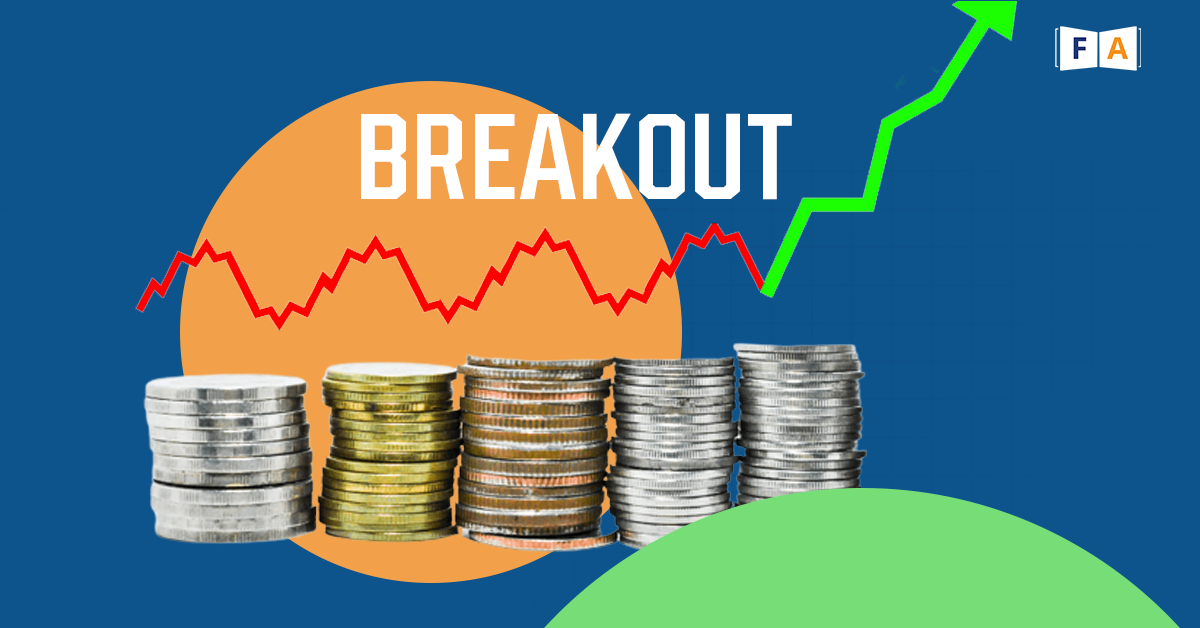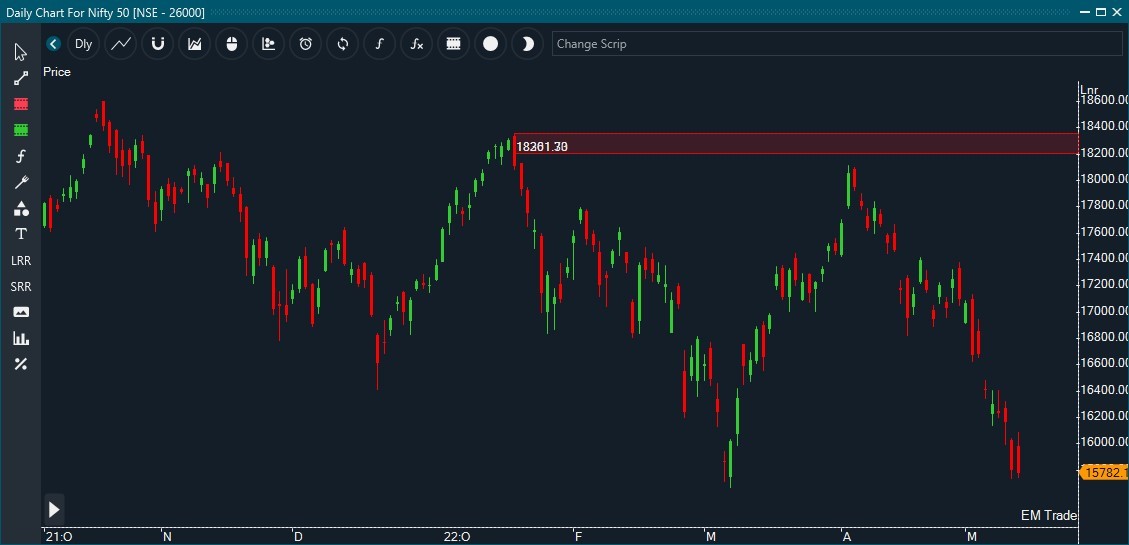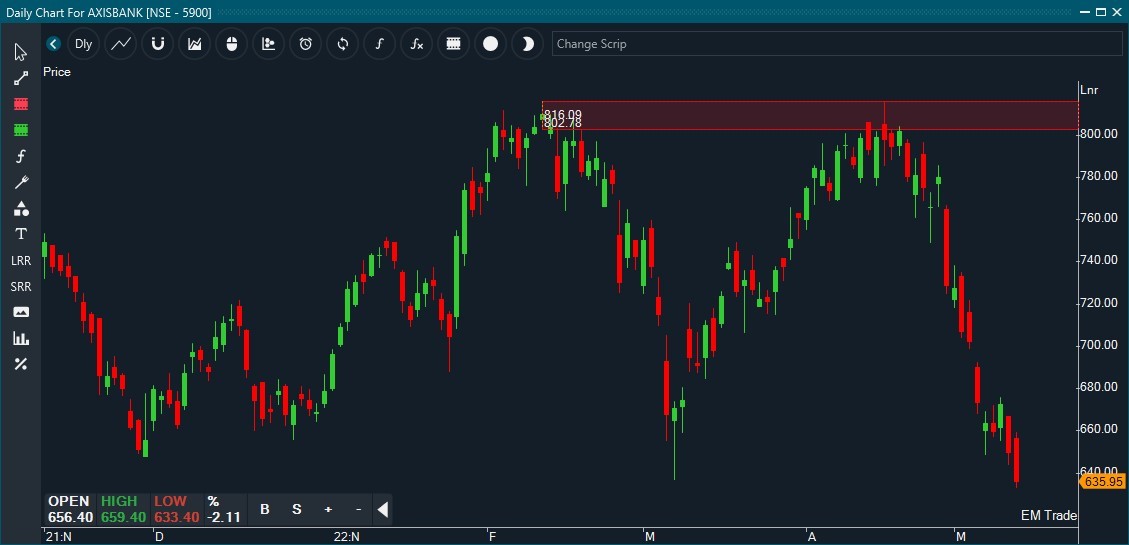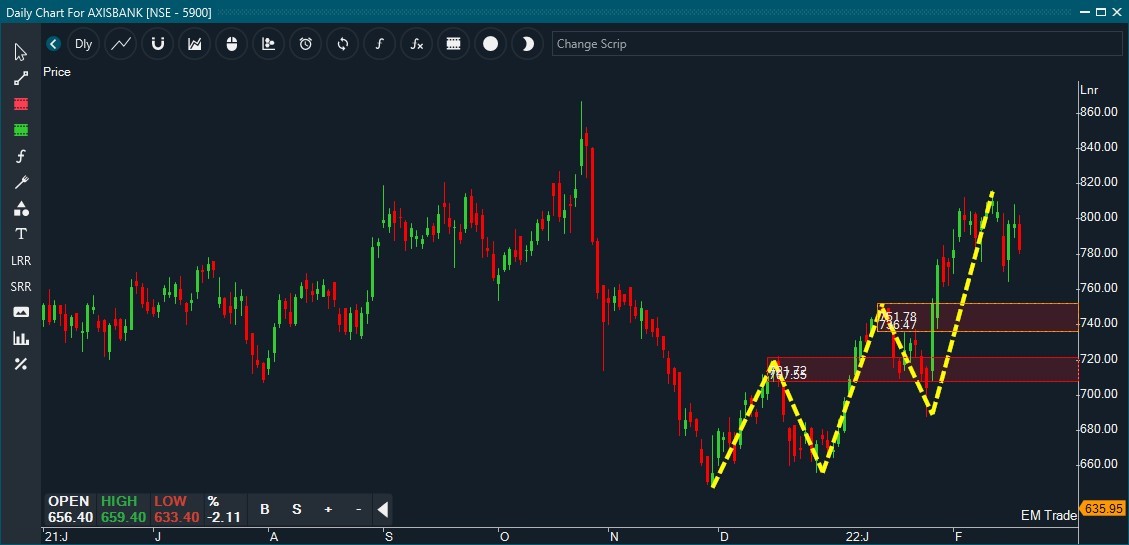
Resistance Band Breakouts
A resistance band gets formed when sellers are in control. At a particular price point, sellers outnumber buyers and prevent prices from going higher. It provides a ceiling to rising prices.
A resistance band is marked by taking the high from where prices declined.
A resistance band can be marked on the bases of the candle which makes the high. It can be an expanded range candle or a narrow range candle.
How do I mark a resistance band?
When a resistance band is formed by an expanded range candle, 50 % of the candle is taken to mark or construct a resistance band.

When a resistance band is formed by a narrow range candle, then the entire candle which makes the high is taken to mark or construct a resistance band.

Let’s see what to expect after a breakout…
Breakout from a resistance band occurs when the resistance band is tested repeatedly. Repeated test of resistance band suggests that sellers are getting exhausted. Buyers are trying to push the price higher and gain control. Generally, prices testing resistance level three times suggest that the band is getting weak and high probability of prices breaking above the defined resistance level. Other conditions traders should keep in mind with regard to breakout from resistance is when the trend changes to up.

Conclusion
- Repeated test of the resistance band weakens the resistance and prices can see a breakout
- When the trend changes (to uptrend), resistance bands are likely to be broken or violated. As in an uptrend, buyers take control and push prices higher.
- Hop onto Trade:able and try out the ICICI Bank exercise to implement this concept now!





